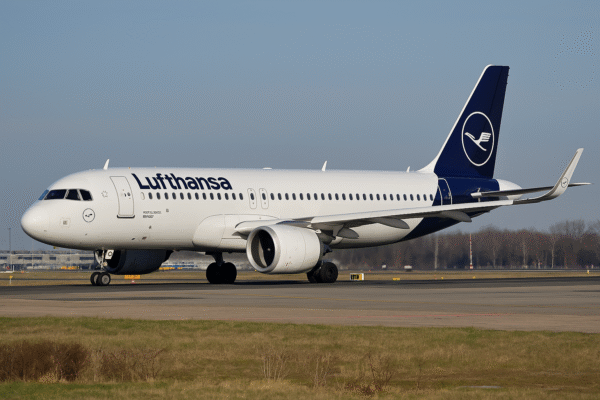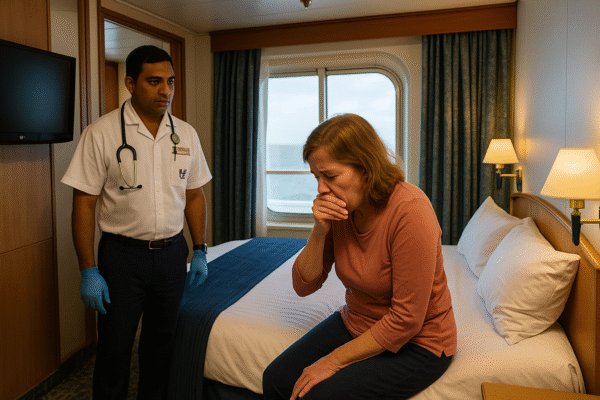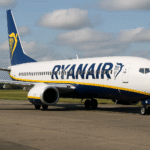Spirit Airlines has taken a decisive step to strengthen its future by securing $475 million in new financing during its Chapter 11 restructuring. This funding, backed by the airline’s existing bondholders, will allow Spirit to continue operating flights while overhauling its finances. The deal ensures travelers can still rely on the carrier’s low-cost services, even as the airline navigates through its second bankruptcy process in less than a year.
Travelers who depend on Spirit for budget-friendly flights can expect business as usual while the airline stabilizes. The funding will keep planes in the air, employees on payroll, and operations moving forward as Spirit prepares a leaner, more competitive structure.
Immediate Access to Liquidity
Out of the $475 million deal, Spirit gains instant access to $200 million, with $120 million available immediately as liquidity. This financial boost provides critical flexibility for the airline to cover operating expenses, maintain staff, and honor commitments to customers. Travelers benefit directly, as the funding ensures ticketed flights remain intact and new bookings continue without interruption.
The airline’s management views this step as the cornerstone of a broader plan aimed at long-term recovery. By accessing these funds, Spirit gains the breathing room necessary to streamline costs, strengthen its fleet management, and create a more efficient network.
Spirit’s Second Bankruptcy Filing and Its Impact
In August 2025, Spirit Airlines filed for bankruptcy protection for the second time within a year. The airline’s earlier reorganization failed to resolve ongoing challenges such as high debt and rising operating costs. This second filing underscores the difficulties faced by low-cost carriers that must constantly balance affordable pricing with financial stability.
For the travel industry, Spirit’s situation highlights the fragile nature of the budget airline model. Even with strong demand for affordable tickets, carriers must innovate, cut costs, and renegotiate agreements to remain viable. Spirit’s restructuring now becomes a test case for how no-frills airlines can survive and adapt in a competitive market.
Strategic Agreement with AerCap
A critical part of Spirit’s recovery strategy involves a settlement with AerCap Holdings, one of the world’s largest aircraft leasing companies. Spirit agreed to reject leases on 27 aircraft, while AerCap provided $150 million as part of the settlement. This deal also resolves a dispute over the delivery of 36 Airbus planes originally scheduled for 2027 and 2028.
The agreement eases financial pressure by cutting costs tied to the fleet while allowing Spirit to focus on profitability. For travelers, the move means Spirit continues to modernize its operations, aiming for greater efficiency and stability. Passengers may see improved services in the future as the airline concentrates on optimizing its fleet rather than expanding too quickly.
Streamlining Leases and Ground Operations
Beyond fleet changes, Spirit Airlines has taken additional steps to reduce expenses. The company rejected 12 airport leases and 19 ground handling agreements, a move approved by the U.S. Bankruptcy Court for the Southern District of New York.
By eliminating these costs, Spirit can focus on its most profitable routes and airport operations. While some airports may lose Spirit’s presence, travelers in the airline’s core markets will benefit from a more reliable, sustainable service model. This strategy underscores the company’s focus on operational efficiency over wide but unprofitable expansion.
Travelers’ Concerns and Reassurances
When airlines file for bankruptcy, travelers naturally worry about cancellations, delays, and disruptions. Spirit’s new financing and operational decisions send a reassuring message. Customers can continue booking tickets and flying with confidence, knowing the airline has secured funding to keep planes running.
The restructuring allows Spirit to hold on to its core mission: making air travel affordable for millions of passengers. Budget-minded travelers can still rely on Spirit’s routes across the United States, Latin America, and the Caribbean, even as the airline works through financial adjustments.
Lessons for the Budget Airline Market
Spirit Airlines’ restructuring carries lessons for the entire low-cost carrier sector. Airlines in this segment face similar pressures: high fuel prices, fluctuating demand, and thin profit margins. Spirit’s approach demonstrates that survival depends on renegotiating leases, cutting non-essential costs, and securing financing at critical moments.
If Spirit emerges stronger, other carriers may adopt similar strategies to safeguard operations during turbulent times. The restructuring highlights the importance of flexibility and cost control, especially for airlines that position themselves as affordable travel providers.
A Leaner Future for Spirit Airlines
Looking ahead, Spirit Airlines aims to emerge from Chapter 11 as a leaner and more resilient carrier. The $475 million in new funding provides the foundation for recovery, while the AerCap settlement and lease rejections position the airline to operate more efficiently.
For travelers, this translates into continued access to budget-friendly flights and the assurance that Spirit remains committed to affordable air travel. For the industry, Spirit’s case illustrates how airlines can navigate financial turbulence without abandoning their mission.
Conclusion: Affordable Travel Endures
Spirit Airlines stands at a turning point. With $475 million in funding, restructured fleet agreements, and reduced operational costs, the airline has charted a path toward stability. Travelers remain at the center of this effort, as the airline works to ensure affordable air travel continues.
While challenges remain, Spirit’s actions reflect determination to recover and adapt. As the airline sector continues to evolve, Spirit’s restructuring could serve as a blueprint for how budget carriers safeguard their future while keeping air travel accessible for millions of passengers.
For more travel news like this, keep reading Global Travel Wire


















